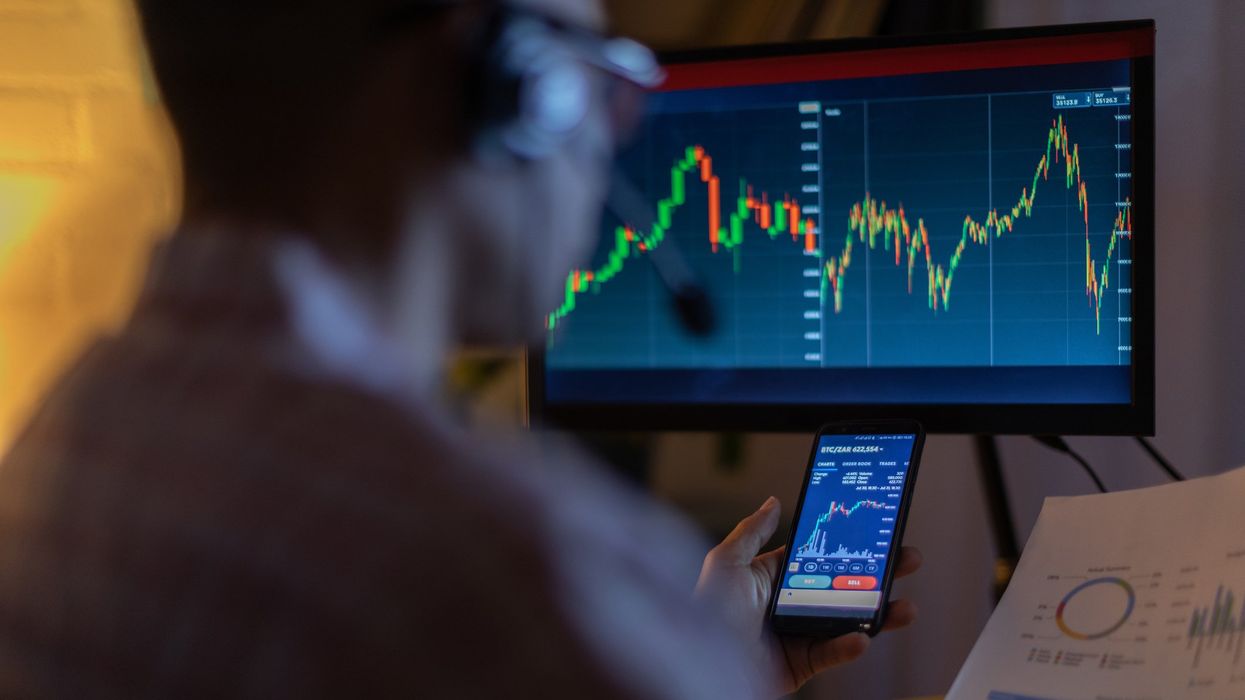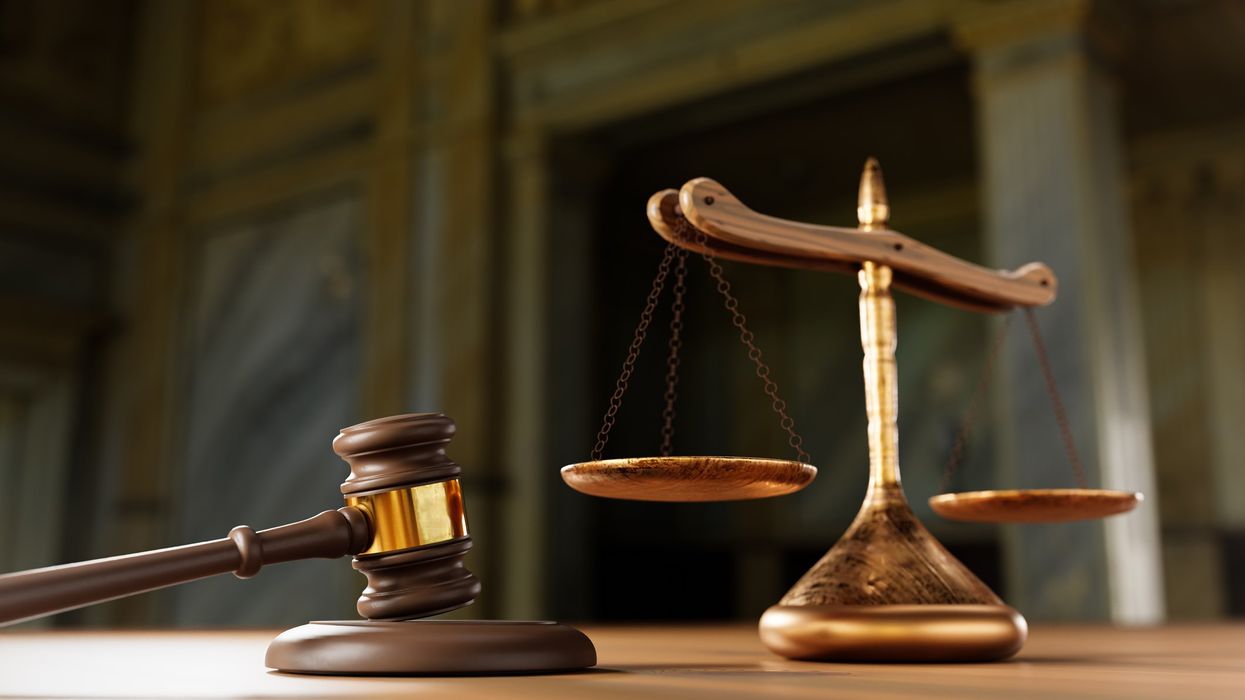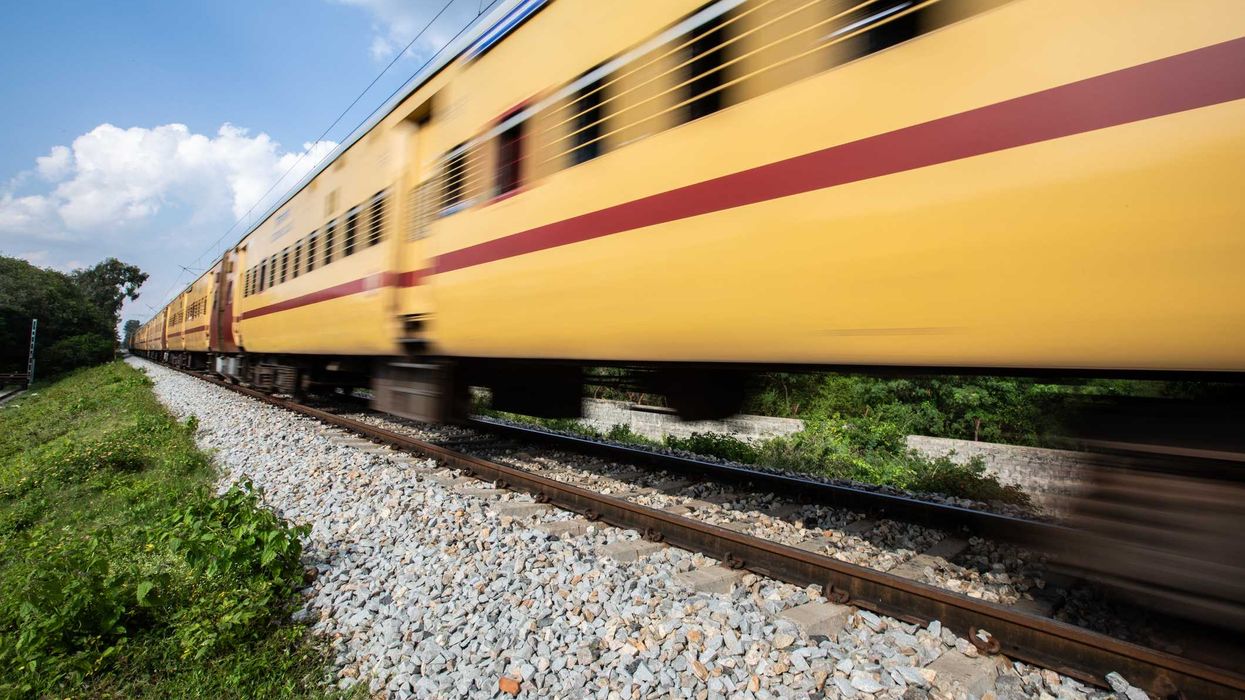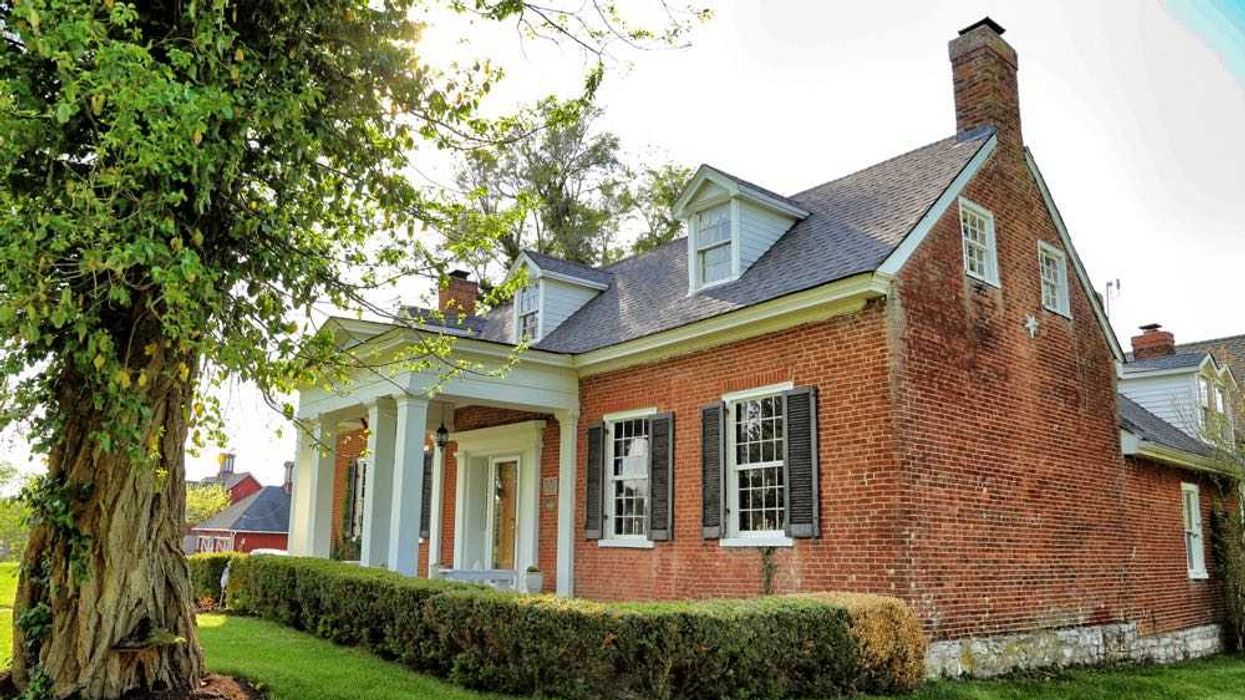Trump may have won the election, but he’s losing the markets. In just 100 days, Wall Street has erased nearly $6 trillion in global equity value, according to Bloomberg data cited in The Guardian. The S&P 500 has logged one of its worst openings to a presidential term since the Nixon years. And fund managers—the real-world referees of economic confidence—are sending a message Congress seems unwilling to deliver: enough.
While Trump’s second term has been marked by a tsunami of executive orders, tariff threats, and regulatory purges, the financial markets are refusing to play along. From panicked sell-offs to jittery consumer sentiment and retreating business investment, U.S. capital is staging its own quiet rebellion. Consumer confidence has dropped to its lowest level since 2020, with Americans’ outlook on jobs, income, and business conditions sinking to a 13-year low, according to The Conference Board.
It turns out that the stock market has sharper instincts than most of Washington. While institutions buckle and the GOP-led Congress dithers, Wall Street is stepping in as an unlikely check on executive power. Investors aren’t waiting for the courts or the next round of hearings—they’re responding in real time. Trump promised disruption. What he didn’t count on was that the disruption might start pushing back.
Populist Economics Meets Reality
Trump campaigned, as he always does, on grievance and bravado—promising to tear up trade deals, punish global freeloaders, and bring industrial jobs roaring back. It’s the kind of economic nationalism that plays well at rallies and with the base—but rattles investors and spooks consumers.
The core illusion is that you can upend global trade norms, slash taxes, and batter federal institutions without triggering economic backlash. But markets depend on stability, and consumers—already anxious about inflation, housing, and retirement—respond quickly to chaos. Trump’s second-term disruption isn’t just shaking confidence on Wall Street; it’s spreading across the economy. Investment is stalling. Sentiment is plunging. And financial markets are flashing warning signs before Congress even shows up to the fight.
Tariff Chaos and the Investor Revolt
Trump’s “Liberation Day” tariffs were pitched as economic self-defense. Instead, they sparked chaos. Businesses rushed to import goods before the new levies hit, driving imports up by 41% at an annualized rate—the sharpest spike in over a decade. The result was a distorted GDP report showing a 0.3% contraction in Q1 2025, which Trump tried to blame on a “Biden overhang.” However, economists quickly pointed to tariff-induced volatility, not inherited weakness, as the real culprit. Analysts widely attributed the downturn to companies scrambling to front-load imports before the tariffs hit, distorting the GDP report and creating a misleading picture of underlying demand.
Markets didn’t wait for clarification. Wall Street shed nearly $6 trillion in value during Trump’s first 100 days, with the S&P 500 suffering one of its worst openings since the 1970s. As investor panic spread, the administration quietly backpedaled—reaching out to China, softening its trade rhetoric, and restoring Ukraine aid to calm global jitters. The message was clear: Trump may thrive on conflict, but capital doesn’t. And this time, the revolt came from the boardroom, not the ballot box.
Trickle-Up Anxiety
The chaos hasn’t stopped at the trading floor. It’s made its way to kitchen tables, corner stores, and retirement accounts. Consumer confidence is cratering. Older Americans—typically the most financially stable—are expressing growing fears about healthcare, housing, and their financial future. That unease is no longer just anecdotal. It’s showing up in rising credit card delinquencies, frozen hiring, and delayed investment.
Minnesota Public Radio reports the case of Beth Benike, a Minnesota entrepreneur who founded Busy Baby, a company producing innovative placemats for infants. Her products are manufactured in China, and the recent tariffs have significantly driven up her production costs. Benike has warned that the financial strain could jeopardize not only her company but also her personal finances.
What began as a populist crusade to rebalance the economy is now dragging down the very people it claimed to champion.
The Market as a Guardrail
In an era when political institutions bend under pressure, financial markets remain one of the few forces that still say “no.” Not because they care about democratic norms—but because they care about risk. Trump can steamroll federal agencies, sideline Congress with continuing resolutions, and attack the press with impunity, but he can’t stop investors from pulling their money.
Unlike courts or legislatures, markets react in real time. They don’t wait for midterms or litigation. When policy turns reckless, capital flees—hitting portfolios, retirement accounts, and consumer confidence with speed and precision. It’s not principled resistance; it’s economic self-preservation. But the effect is the same: Trump’s second-term agenda keeps running into a wall of financial consequence.
Conclusion – When the Floorboards Creak
Financial markets aren’t defenders of democracy. But in Trump’s second term, they’re acting like the last remaining guardrail against political fantasy dressed up as economic strategy. Every tariff threat, every fiscal sleight-of-hand, every executive order that rattles stability is met, not with applause, but with retreat—from investors, consumers, and businesses alike.
This isn’t sustainable. Markets can restrain chaos, but they can’t repair institutions hollowed out by dysfunction. To alleviate the burden on small businesses like Busy Baby, policymakers could consider implementing automatic tariff exclusions for small importers, especially for products not readily available domestically. Additionally, providing financial assistance or tax relief to affected businesses could help them navigate the increased costs and maintain operations.
If Republican lawmakers don’t step up to restore balance—by asserting congressional authority, passing real budgets, and checking executive overreach—the floorboards won’t just creak. They’ll collapse. With the 2026 midterms looming and voter discontent mounting over economic instability, continued inaction will likely have consequences far beyond Wall Street.
Robert Cropf is a professor of political science at Saint Louis University. Follow on LinkedIn.




















